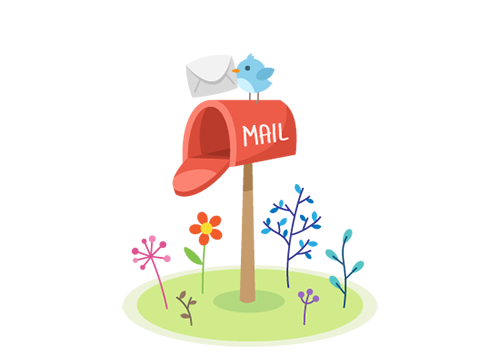Tips to keep the livestock guard dogs secure
There are some actions you can take to ensure that your property is secure before bringing home a puppy. First, secure the perimeter of your farm. Be sure that all fences are repaired, gates are closed correctly and all electric wires are secured away from reach. This can keep your dog safe as they master the basics.
If your dog is now home, you’ll also want to concentrate on boundary training. Reward-based training for positive reinforcement could be a great way to go. Rewards your dog for observing gates, fencing and staying near to livestock by offering special treats such as a piece of meat for lunch. Learn commands such as “come” and “stay” in order to motivate your dog to pay attention to you and refrain from wandering off.
Additionally, you’ll need to provide a cozy place to your LGD to reside when they live outside with your livestock. Always offer fresh water and a shaded shelter for your dog, like the dog house, kennel, or part or the entire barn. Be aware of any health issues is also important, as working dogs can be more prone to injuries, such as wounds on the feet and legs, torn ligaments and muscles and bites from wild animals. A regular check-up can alert you to any issues before they get worse.
Common security threats are a threat to LGDs on farms
As opposed to indoor animals livestock guardian dogs come with some unique safety threats to be aware of. The biggest risk is the wildlife who might try the hunt for livestock. If your dog engages in a fight, they could be attacked or injured and require medical treatment. Farm equipment may also cause injuries if your dog runs in front of a vehicle that is moving, or tiller. Make sure your dog is taught to give these items a wide berth.
The poisonous plants and the substances left on the farm, such as fertilizer are ingested in the event of an accidental ingestion. Be aware of indications of poisoning such disorientation or confusion, staggering or vomiting and diarrhea. On hot days, heat stroke and dehydration can be also issues, particularly for breeds with long hair in warmer climates. Be sure to always provide plenty of water and shade and, If your dog appears to be unhappy, stop for a moment.
If your dog has been injured, poisoned or appears to be sick, veterinary care is the best option. Keep the number of your vet or emergency vet on hand in the case of an emergency so that your dog receives help promptly.
Preparation for emergencies
Sometimes, you may not be able get to your veterinary specialist immediately. It’s advisable to keep first-aid kits on hand for minor injuries, like scrapes and cuts. It should include bandages, vet wrap, scissors, antibiotic creams, and many more. If the injury is massive, your dog appears to be severely injured, or you suspect there is a more serious problem, it’s best to go to the vet.
It’s also important to have a contingency plan to be in place in case that there is a catastrophe or an evacuation. You should keep a list of places that allow large dogs or shelters for dogs that permit them to be accommodated with livestock, such as local fair venues and animal shelters. Having a plan in place can help ease anxiety when faced with an emergency.
Guard dogs for livestock are wonderful complements to any homestead. Not only do they guard the animals on your farm however, they also make loving, gentle pets. Now that you know how to keep your livestock guard pets safe on the farm and in the homestead, take a look at the top dog breeds that are suitable to protect your homestead as well as the most appropriate breeds to serve as homestead guard dogs.

